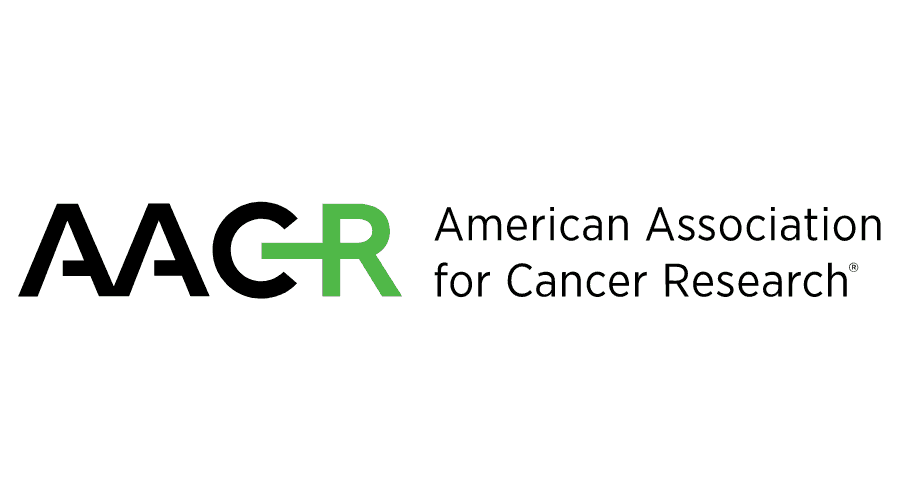News
Article
Infection Risk With BTK Inhibitors Low, New CLL Study Finds
Author(s):
Only about 1% of patients with chronic lymphocytic leukemia (CLL) developed an invasive fungal infection while on a Bruton’s tyrosine kinase (BTK) inhibitor, investigators found.
A new analysis of patients with chronic lymphocytic leukemia (CLL) appears to confirm that the use of Bruton’s tyrosine kinase (BTK) inhibitors can increase the risk of certain invasive fungal infections, though the study found that the increase in risk was minimal.
The study was published in Open Forum Infectious Diseases.1
BTK inhibitor therapy has become the recommended first-line therapy for most patients with CLL, explained the study authors. However, as BTK inhibitors have become more common, observational evidence and postmarketing surveillance have suggested an increased risk of several infections in patients with CLL who are given the therapies, they said.
A study published earlier this year found that, of 132 patients with CLL who were prescribed ibrutinib (Imbruvica; Pharmacyclics/Johnson & Johnson)), 7 were diagnosed with invasive fungal infections, 5 of whom were diagnosed with Pneumocystis jirovecii pneumonia (PJP).2 An earlier systematic review of patients with hematologic malignancies—not just CLL—treated with ibrutinib found an even higher risk, suggesting that about half of patients given a BTK inhibitor either as monotherapy or as part of combination therapy develop an infectious adverse event.3 In that review, the investigators found 2% of all patients died of pneumonia.
In this investigation, only about 1% of patients taking a BTK inhibitor developed an invasive fungal infection | Image Credit: Elena Abrazhevich-stock.adobe.com

Despite the prevalence of such reports, the authors said there is still a lack of high-quality evidence to determine the true frequency of infections among people taking BTK inhibitors.
“Additionally, the underlying immunosuppression associated with CLL and the concomitant use of immunosuppressive medications confound the attribution of an increased risk of IFIs (invasive fungal infections) solely to treatment with a BTK inhibitor,” they wrote.
To better understand both the prevalence of infections and the extent to which BTK inhibitor therapy elevates that risk, the investigators used a global research database to identify people with CLL and then used a case-control propensity score-matched analysis to correlate invasive fungal infections and BTK inhibitor use.
The query yielded 5358 patients with CLL who were prescribed a BTK inhibitor, and an equal number of patients with CLL who were not treated with a BTK inhibitor. Among those taking a BTK inhibitor, the incidence of invasive fungal infections at 5 years was 4.6% compared with 3.5% among patients not taking a BTK inhibitor. About 1% of patients with CLL developed an invasive fungal infection while taking a BTK inhibitor during the study period, the authors found. The authors said their adjusted infection event analysis found an elevated rate of PJP (0.5% vs 0.3%; P = .02) and invasive candidiasis (3.5% vs 2.7%; P = .012).
The investigators noted that their study adjusted for known risk factors for infections, which they said gave them more precise risk estimates. They found that the number needed to harm for patients on a BTK inhibitor was 120 for invasive candidiasis and 358 for PJP, reflecting a relatively low risk.
“Our findings do not support routine PJP prophylaxis in this patient population, considering the historical PJP risk of [more than] 6.2% per person-year as the recommended threshold for primary prophylaxis in non-HIV immunocompromised patients,” they wrote.
The investigators noted certain limitations to their findings. For instance, it is possible that patients’ infections were misclassified in their records. In addition, the investigators did not have access to precise data about BTK inhibitor dosage and exposure time, which might have helped to more accurately correlate risk. They added that the data did not allow for a comparison between different BTK inhibitors.
Overall, they said their data suggest that patients with CLL who take a BTK inhibitor have only a 1% higher risk of an invasive fungal infection compared to patients not taking a BTK inhibitor. They said further research could help identify which particular patient groups, if any, are most at risk, and which prevention interventions might be effective.
References
1. Agudelo Higuita NI, Chastain DB, Scott B, et al. Risk of invasive fungal infections in patients with chronic lymphocytic leukemia treated with bruton tyrosine kinase inhibitors: a case-control propensity score-matched analysis. Open Forum Infect Dis. 2024;11(6):ofae115. doi:10.1093/ofid/ofae115
2. Tham K, Prelewicz S, deHoll S, Stephens DM, Gomez CA. Infectious complications among patients receiving ibrutinib for the treatment of hematological malignancies. Am J Health Syst Pharm. 2024;81(4):112-119. doi:10.1093/ajhp/zxad210
3. Tillman BF, Pauff JM, Satyanarayana G, Talbott M, Warner JL. Systematic review of infectious events with the Bruton tyrosine kinase inhibitor ibrutinib in the treatment of hematologic malignancies. Eur J Haematol. 2018;100(4):325-334. doi:10.1111/ejh.13020




